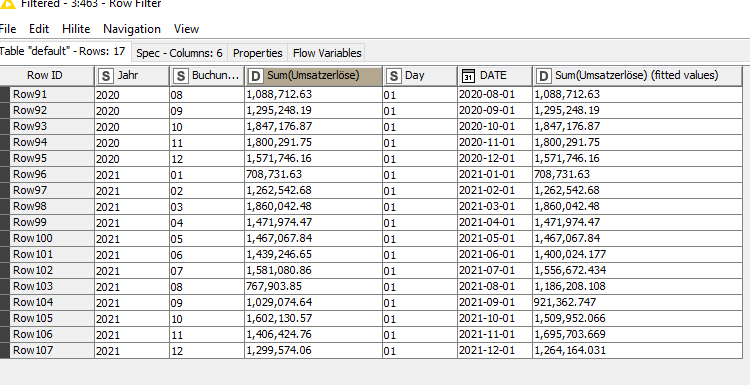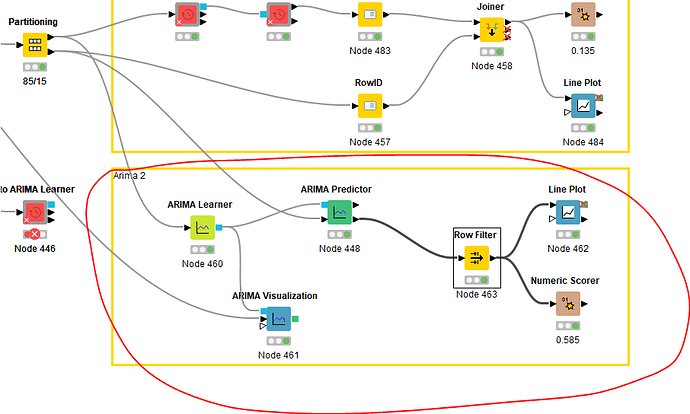Hi,
few points:
1) ARIMA assumes the time intervals between samples to be equally spaced. As a matter of fact there is no notion in the model of what the actual time intervals are (a second? a minute? a year?) or even that the samples are somehow linked to time in the physical sense. ARIMA models are often applied to modeling/predicting series which in fact have nothing to do with time.
2) Univariate means there is only one variable to consider for modeling and prediction opposite to multiple ones. For example, you cannot use traditional ARIMA to model/predict a series of geographical positions expressed by Latitude/Longitude because that would require working with two variables at the same time.
ARIMAX is an extension of ARIMA which includes regression terms and can be used to address multi-variate cases.
3) As said before, the whole idea behind ARIMA models is that you can predict the next values a variable X will take solely by looking at its previous values, more specifically a combination of them.
In KNIME all you need to train an ARIMA Learner node is a table with 1 column, containing the time series of the number of tickets sold each day. You can try different sets of parameters to see which one better fits your data. There are transformations you can apply to de-trend your data (in case they are non-stationary) or take into account their seasonality.
Back to the input, if on a specific day you didn't sell any ticket, that day will be a 0. If you sell tickets only on MON to FRI but not on SAT and SUN it doesn't matter because there is no notion of weekdays in the time series. In other words, you don't have to create missing values SAT and SUN because those days do not belong to the phenomenon you are trying to predict. When you interpret the prediction thought you have to remember that SAT and SUN are not included.
Once you have trained the Learner, you can use the ARIMA Predictor to predict the following values in the series. In general, as you predict more and more future values, the uncertainty of the prediction will grow.
If you want to visualize how the model works and play with the amount of predicted values, you can use the ARIMA Visualization node.
Finally the ARIMA Parameter Extractor node can be used to export the model parameters generated by the ARIMA Learner node to a KNIME table, while the ARIMA Parameter Importer node can be used to take the model parameters from a KNIME table (e.g. parameters generated by an R script using, for example, the auto.arima() function) and use them as input to the ARIMA Predictor node.
Hope the explanation wasn't tool lengthy and theoretical. Would you consider sharing your data/workflow to make this more practical?
Cheers,
Marco.

